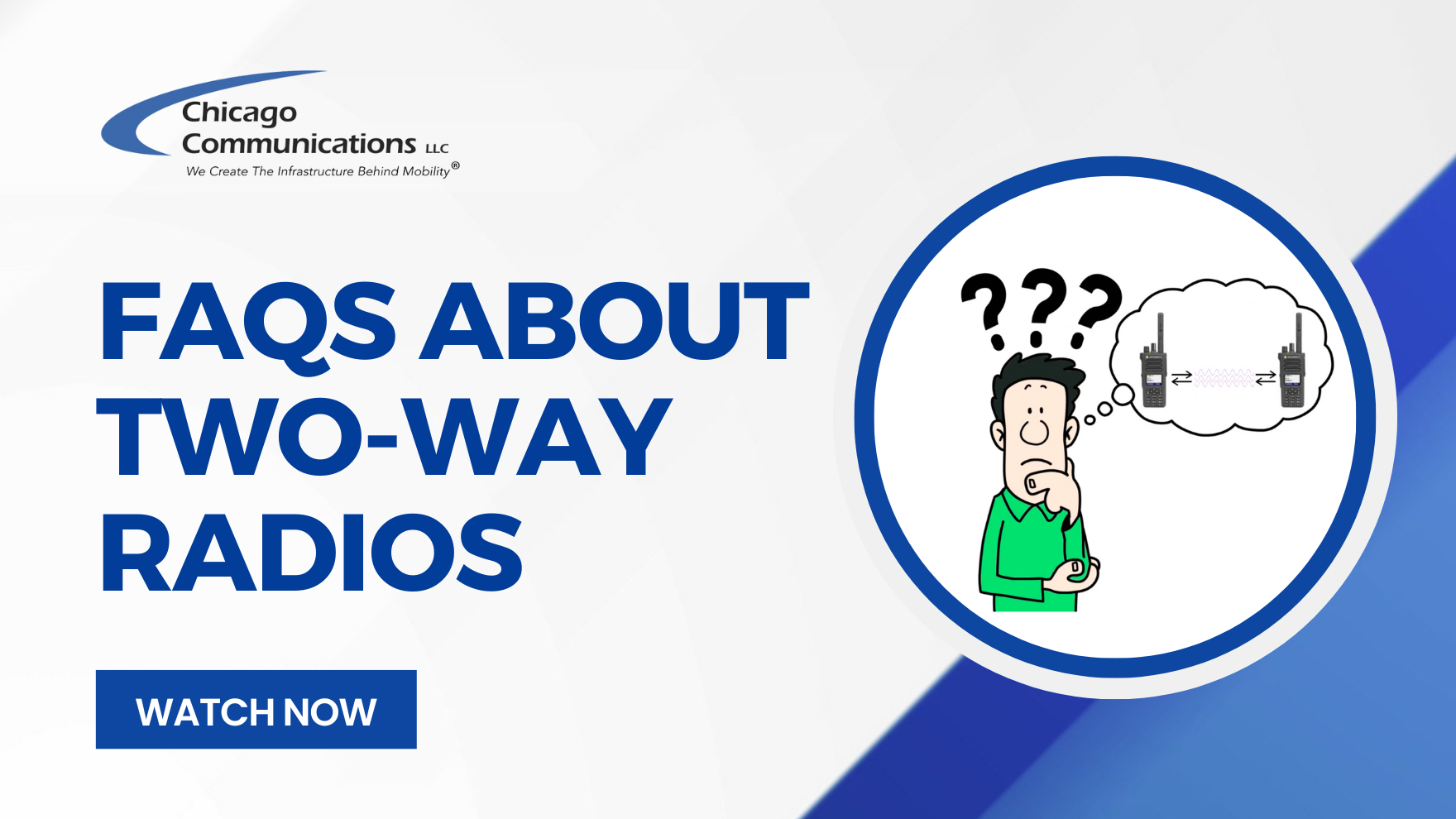Two-way radios are essential for reliable communication, but they can come with a lot of questions. What’s the difference between VHF and UHF? How far can they reach? Do you need an FCC license? Don’t worry—we’ve got you covered. Here’s a detailed look at some of the most frequently asked questions about two-way radios, so you can make the most of your equipment.
VHF vs. UHF: What’s the Difference, and Which Should You Choose?
Choosing the right frequency can make all the difference for clear communication. Here’s how they compare:
-
VHF (Very High Frequency): Best for wide-open outdoor areas with minimal obstacles, like rural settings or large fields.
-
UHF (Ultra High Frequency): Performs well both indoors and outdoors, especially in environments with walls or other obstructions, like warehouses, hospitals, or urban areas.
Knowing where and how you’ll use your radios can help you decide which frequency is best for your needs.
How Far Can Two-Way Radios Reach?
The range of your radio depends on several factors, including:
-
Terrain and Obstacles: Flat, unobstructed terrain allows for maximum range, while mountains, buildings, or dense forests can limit it.
-
Antenna Height: A higher antenna means a stronger signal and longer reach.
-
Frequency Band and Power Output: A handheld radio with a 5-watt power output can typically reach up to 6 miles under ideal conditions.
If you need even more range, a repeater might be the solution (more on that below).
Do You Need an FCC License?
The short answer: it depends.
-
For short-range personal use (around a mile), an FCC license is usually not required.
-
For longer ranges or specific frequencies, an FCC license is often necessary to operate legally.
Not sure if you need one? Reach out to us—we’ll help you navigate the requirements.
What Is a Repeater, and How Does It Work?
If you need to extend the range of your radios, a repeater is a game-changer. Here’s how it works:
-
Signal Boosting: A repeater receives your radio signal and retransmits it on a different frequency, allowing communication over greater distances.
-
Obstacle Management: Repeaters can help overcome challenges like hills, buildings, or other obstructions.
Industries like public safety, healthcare, and logistics often use repeaters to maintain seamless communication across large areas.
Walkie-Talkies vs. Two-Way Radios: What’s the Difference?
It’s a common question: are walkie-talkies the same as two-way radios? Here’s the difference:
-
Walkie-Talkies: Basic, consumer-grade devices meant for casual use, like family outings or kids’ games.
-
Two-Way Radios: Professional-grade equipment with advanced features designed for industries like public safety, hospitality, and education.
When reliability matters, two-way radios are the clear choice.
Why Two-Way Radios Are Critical in Emergencies
One of the biggest advantages of two-way radios is their ability to function without cell towers or Wi-Fi. This makes them indispensable during emergencies when other communication systems fail. Whether you’re coordinating a response to a natural disaster or ensuring safety at an event, two-way radios are a dependable tool you can count on.
Got More Questions? Let Us Help
At Chicago Communications, we’re here to keep you connected. Whether you need guidance on choosing the right radio, help to understand FCC regulations, or need some repairs, we’re always just a phone call or email away.



